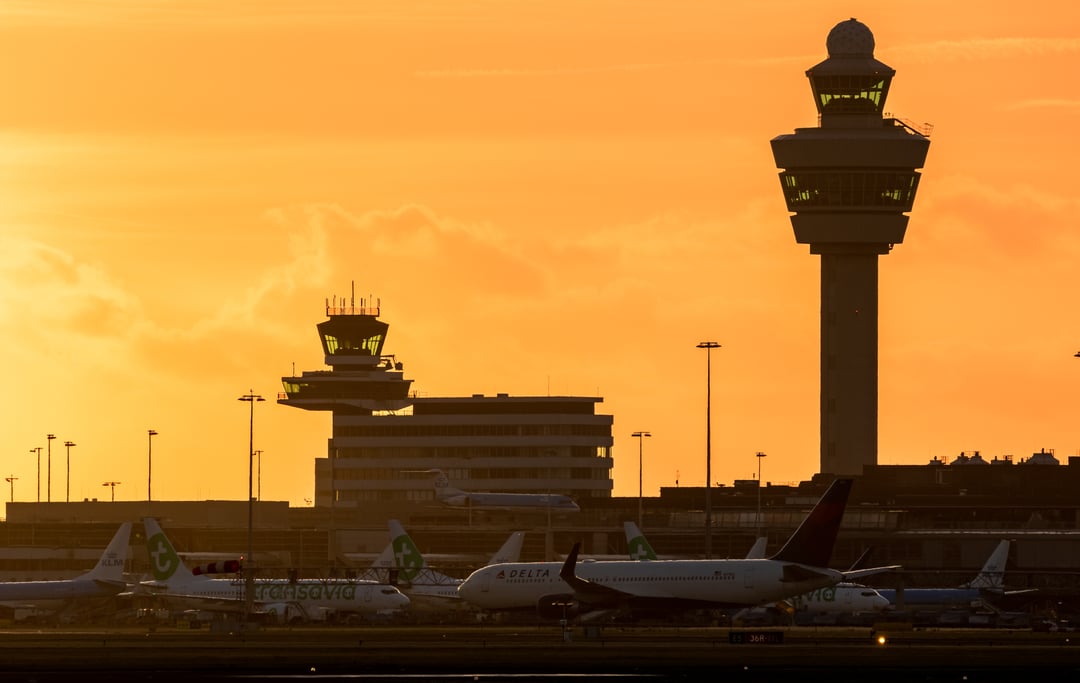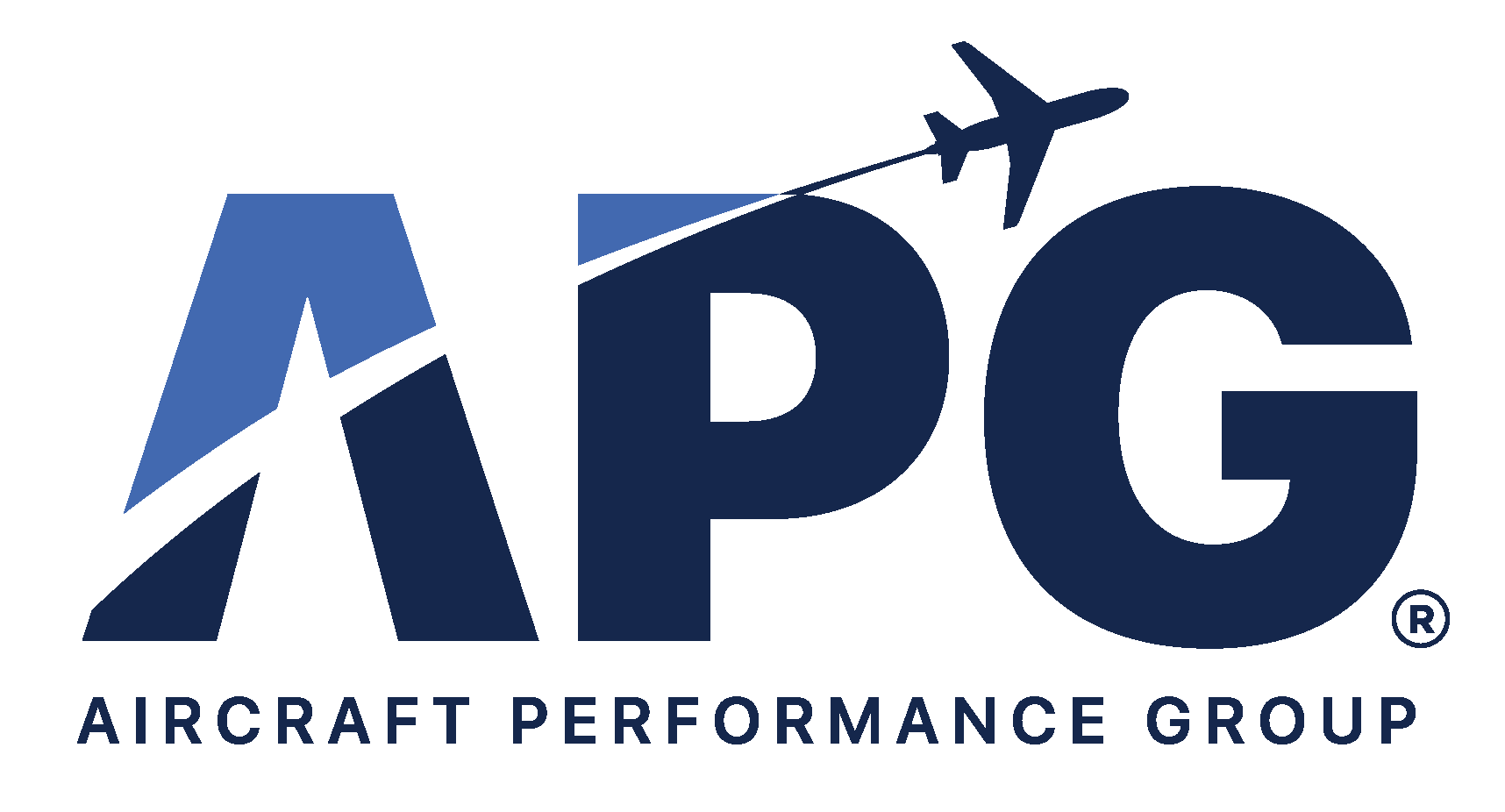Behind the Radar: The Role and Pressures of Air Traffic Control

Every time an aircraft takes off or lands, a complex symphony of coordination happens behind the scenes. At the heart of this system are Air Traffic Controllers (ATCs) — professionals who manage the invisible highways of the sky. While passengers and even pilots may take seamless operations for granted, recent challenges in the aviation industry have spotlighted the immense responsibility and stress ATCs face every day.
This blog explores the role of air traffic controllers, the high-pressure environment they operate in, the systems designed to maintain safety, and why improving their work conditions is critical for the entire aviation ecosystem.
The Unseen Backbone of Aviation
Air traffic controllers are tasked with monitoring and directing aircraft both in the air and on the ground to ensure safe distances, prevent collisions, and maintain orderly flow in congested airspace. On busy days, a single controller might be responsible for dozens of aircraft, each with different altitudes, headings, and clearance needs.
Controllers work across various sectors — from en route centers managing aircraft cruising at altitude, to approach and departure controllers sequencing aircraft into busy airports, to tower controllers clearing aircraft for takeoff and landing. Each role demands precision, situational awareness, and the ability to adapt to fast-changing scenarios.
When things go wrong — whether it's a communication failure, weather disruption, or equipment outage — controllers are the first line of defense. A recent example involved a temporary communications outage at Newark Liberty International Airport, where controllers lost contact with inbound flights for a brief period. While this incident drew headlines, similar challenges play out at airports large and small around the world.
High Stakes and High Stress: Mental Health in Air Traffic Control
Working in air traffic control is widely recognized as one of the most stressful jobs globally. ATCs must maintain constant concentration, balancing hundreds of variables in real time. One error can have catastrophic consequences.
Research published by the Collegiate Aviation Review International found that air traffic controllers experience higher levels of occupational stress, anxiety, and sleep disturbances compared to other aviation roles. Prolonged exposure to this pressure without adequate rest or support increases the risk of burnout, cognitive fatigue, and even mental health crises.
Recognizing these risks, agencies like the Federal Aviation Administration (FAA) have implemented trauma leave policies and access to psychological support. However, reports from various facilities suggest that controllers are still reluctant to take advantage of these resources, fearing stigma or impacting staffing coverage. The result? A workforce is silently absorbing immense stress.
Recent staffing shortages at facilities like Newark highlight how chronic understaffing amplifies the burden on controllers. Fewer controllers mean longer shifts, reduced breaks, and higher workload per person — a dangerous cycle that undermines both safety and well-being.
Built-In Safety: How Aviation Prepares for Failures
Despite the pressure on human operators, aviation remains one of the safest forms of transportation thanks to multiple layers of redundancy.
When communication between pilots and ATCs is lost, specific protocols kick in:
- Emergency Frequency 121.5 MHz: All pilots are trained to switch to this frequency to reestablish contact. It is monitored continuously by ATC, military, and nearby aircraft.
- Lost Communications Procedures: Under 14 CFR 91.185, pilots follow predefined routes and altitudes if unable to communicate, ensuring predictability and safety.
Additionally, air traffic control infrastructure includes redundant systems: backup power supplies, multiple radar feeds, secondary communication networks, and fallback control centers. These systems aim to keep traffic flowing even when primary tools fail, as detailed by International Airport Review.
Yet, technology alone cannot compensate for a fatigued, understaffed, or unsupported human workforce.
Why This Matters: Implications for Pilots, Dispatchers, and Safety Professionals
For pilots, dispatchers, and chief pilots, understanding the pressures on ATC is more than empathy — it directly informs operations. When a control center is understaffed or struggling with technical issues, it increases the chance of reroutes, delays, amended clearances, and holding patterns.
Dispatchers must account for these contingencies during flight planning: additional fuel reserves, alternate airports, and crew duty considerations. Knowing which control sectors are stressed or experiencing staffing shortfalls enables better real-time decisions.
Additionally, flight crews rely on ATC consistency to manage workloads in the cockpit. Any disruption in ATC services creates cognitive ripple effects across the flight deck, requiring extra vigilance and backup plans.
The Path Forward: Supporting Controllers, Strengthening the System
Improving the environment for air traffic controllers benefits the entire aviation system. Key priorities include:
1. Modernizing Technology
Outdated equipment increases workload and the risk of technical failures. Investing in modern, interoperable systems with AI decision-support tools can reduce human strain and improve situational awareness.
2. Expanding Workforce Capacity
Accelerating ATC recruitment and training pipelines is critical to replace retiring controllers and meet growing air traffic demand. Additionally, sustainable staffing models must allow for adequate rest and psychological recovery.
3. Enhancing Mental Health Culture
Trauma leave and psychological support should be normalized and destigmatized. Integrating mental wellness into routine safety culture encourages early intervention and reduces long-term impacts.
As politicians call for investigations into recent disruptions, it's clear that policy and funding decisions will shape the future of air traffic control for years to come.
Conclusion: Advocating for the Guardians of Our Skies
Air traffic controllers are the unseen guardians of every safe takeoff and landing. Their role requires extraordinary skill, focus, and resilience. As demands on the aviation system grow, ensuring these professionals have the tools, support, and staffing they need is not optional — it is essential for the safety of everyone who flies.
By better understanding the world behind the radar screen, pilots, dispatchers, and industry leaders can advocate for the reforms and resources necessary to keep the system safe, sustainable, and strong.


